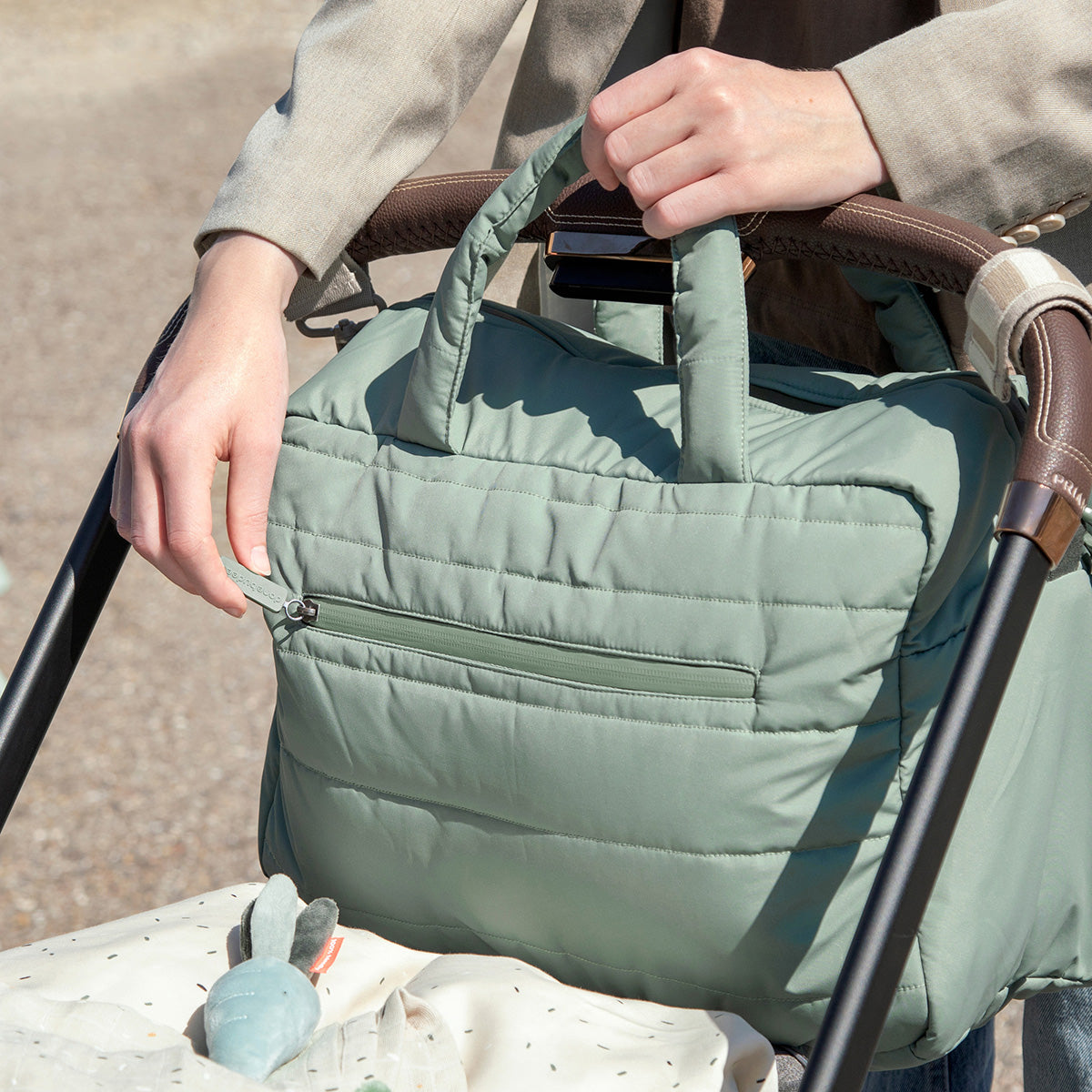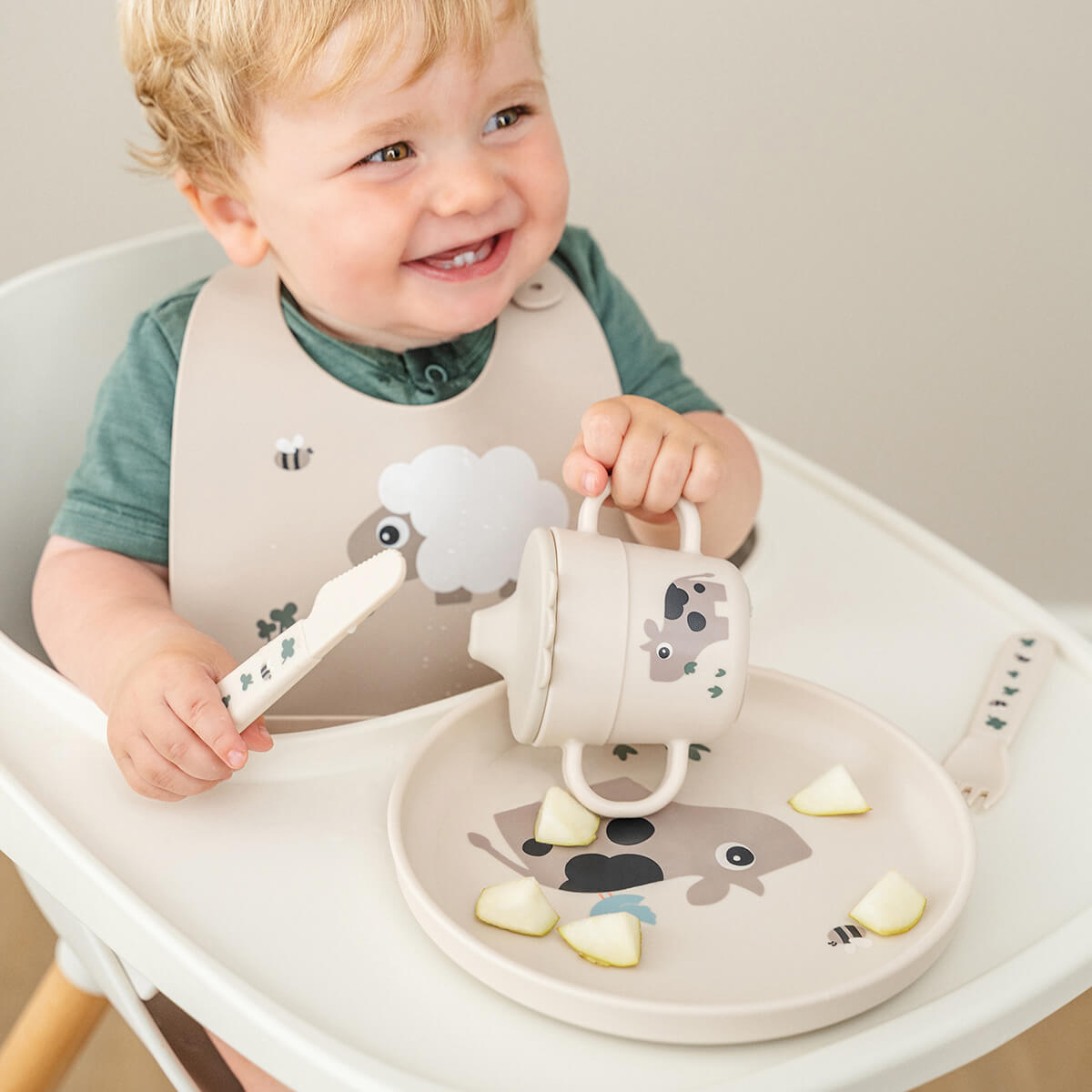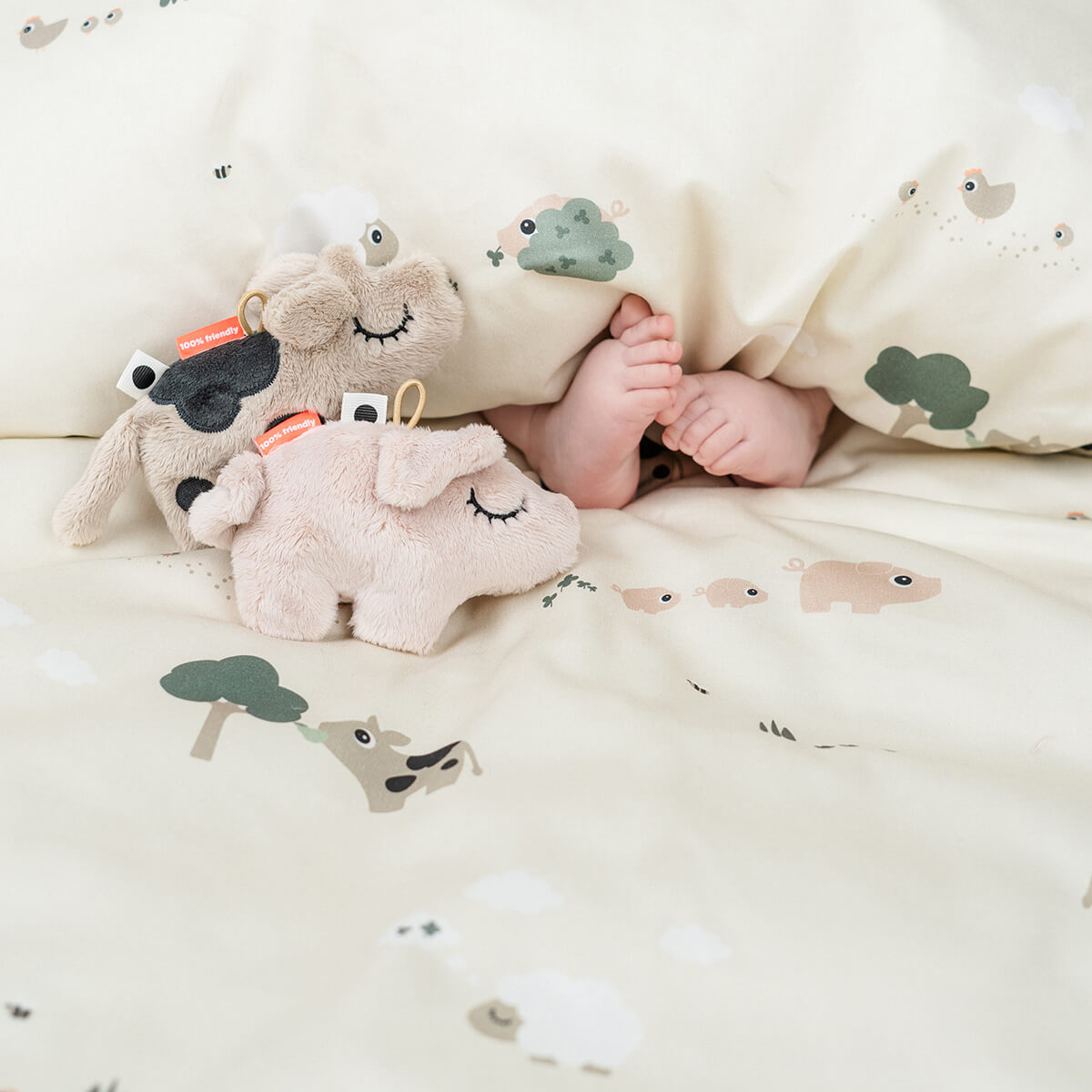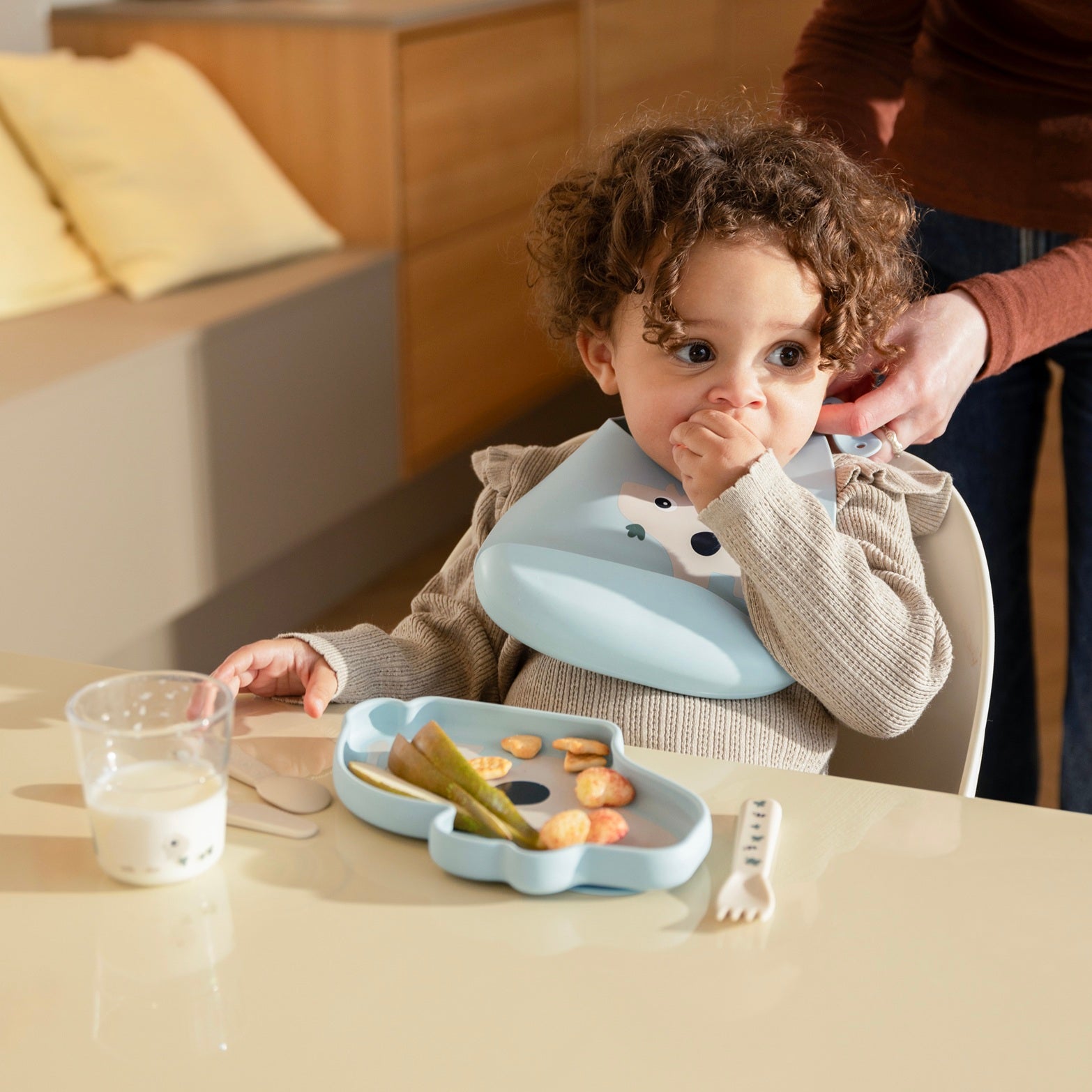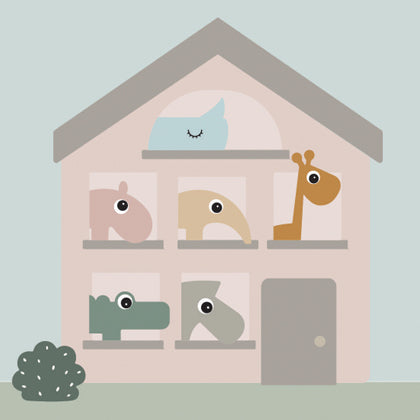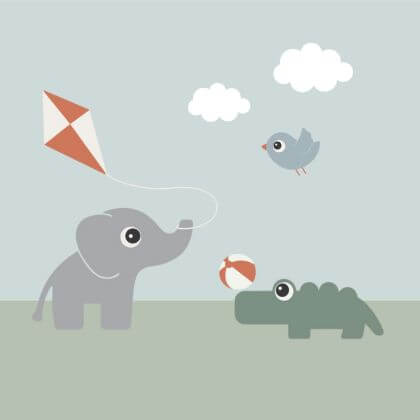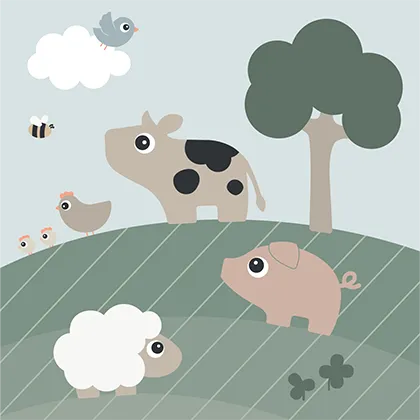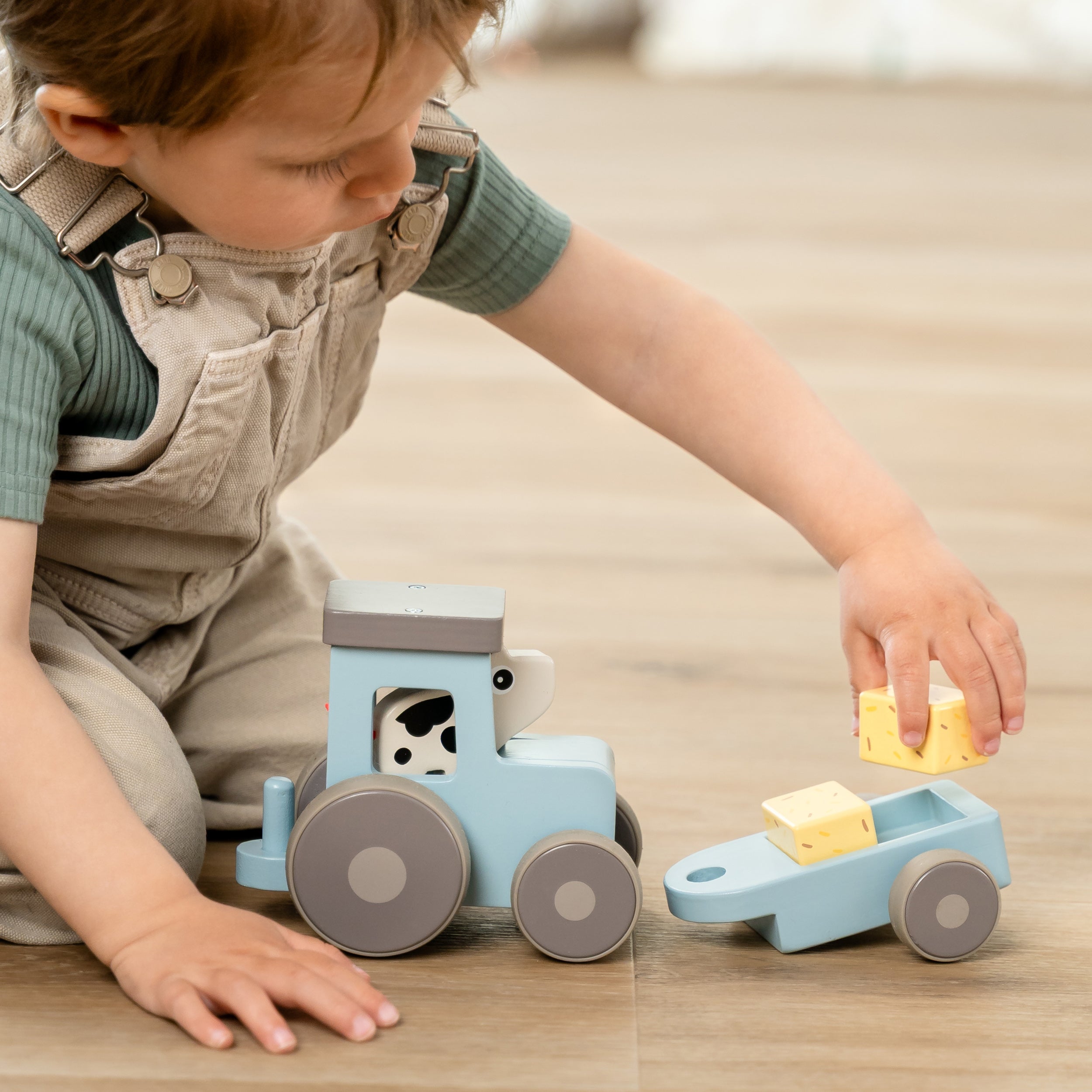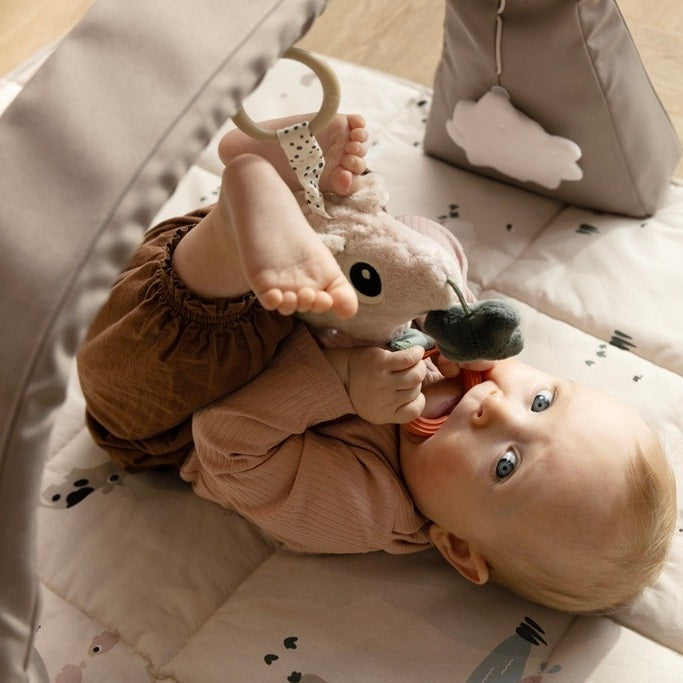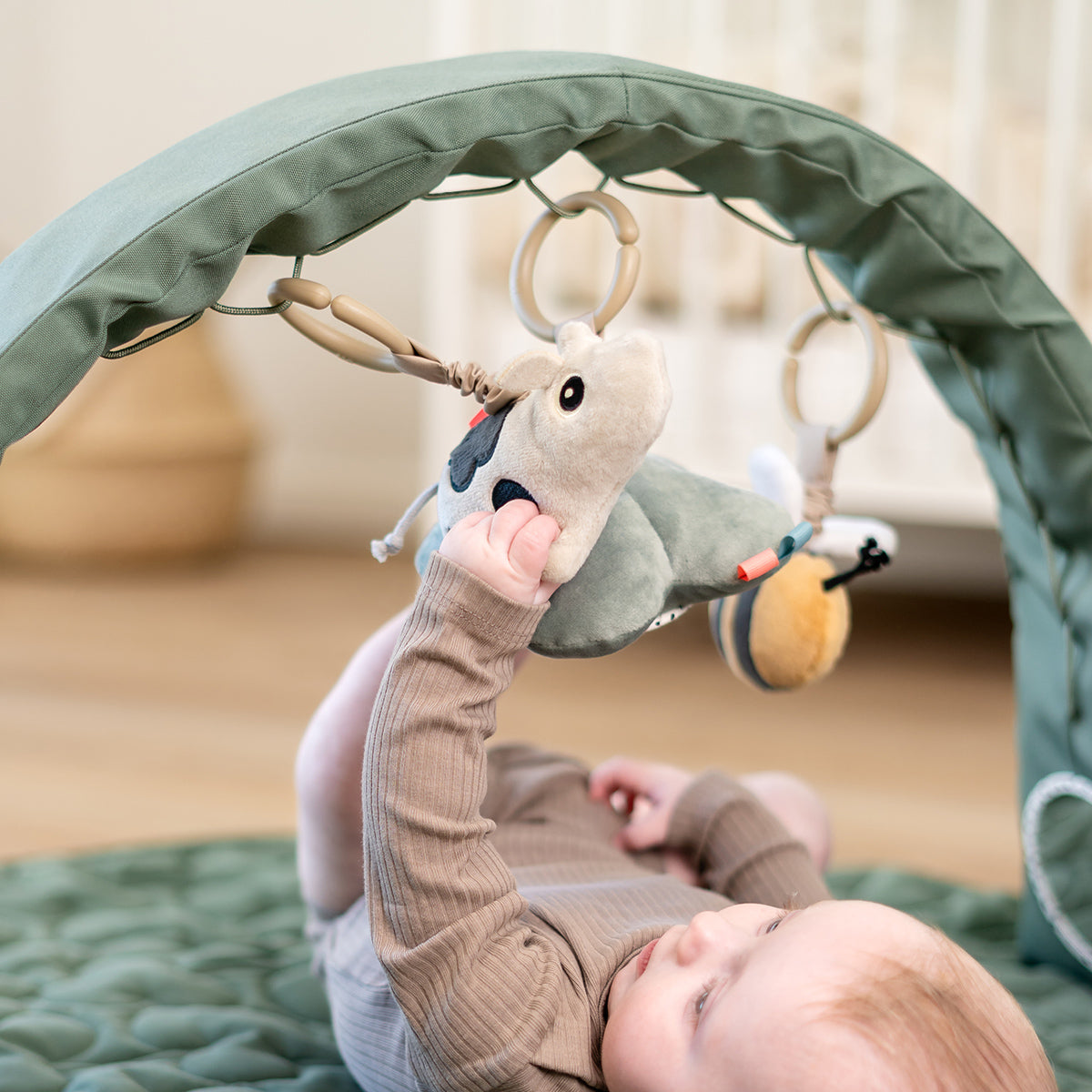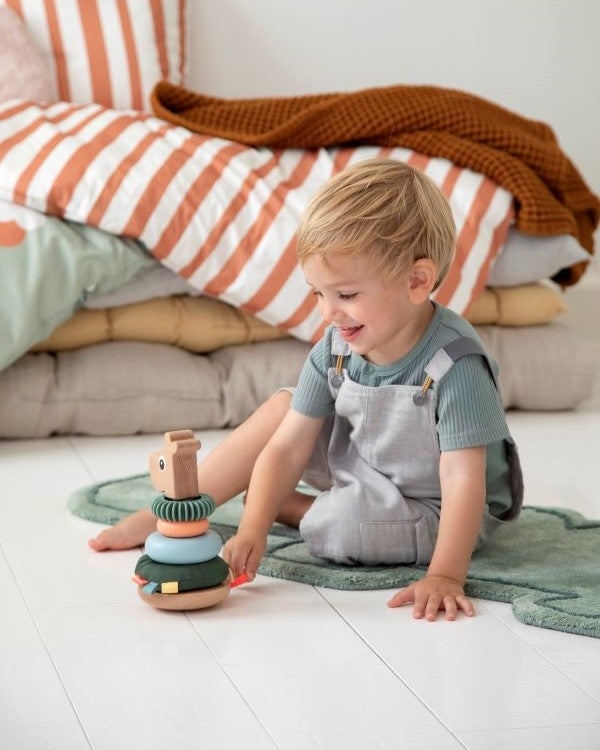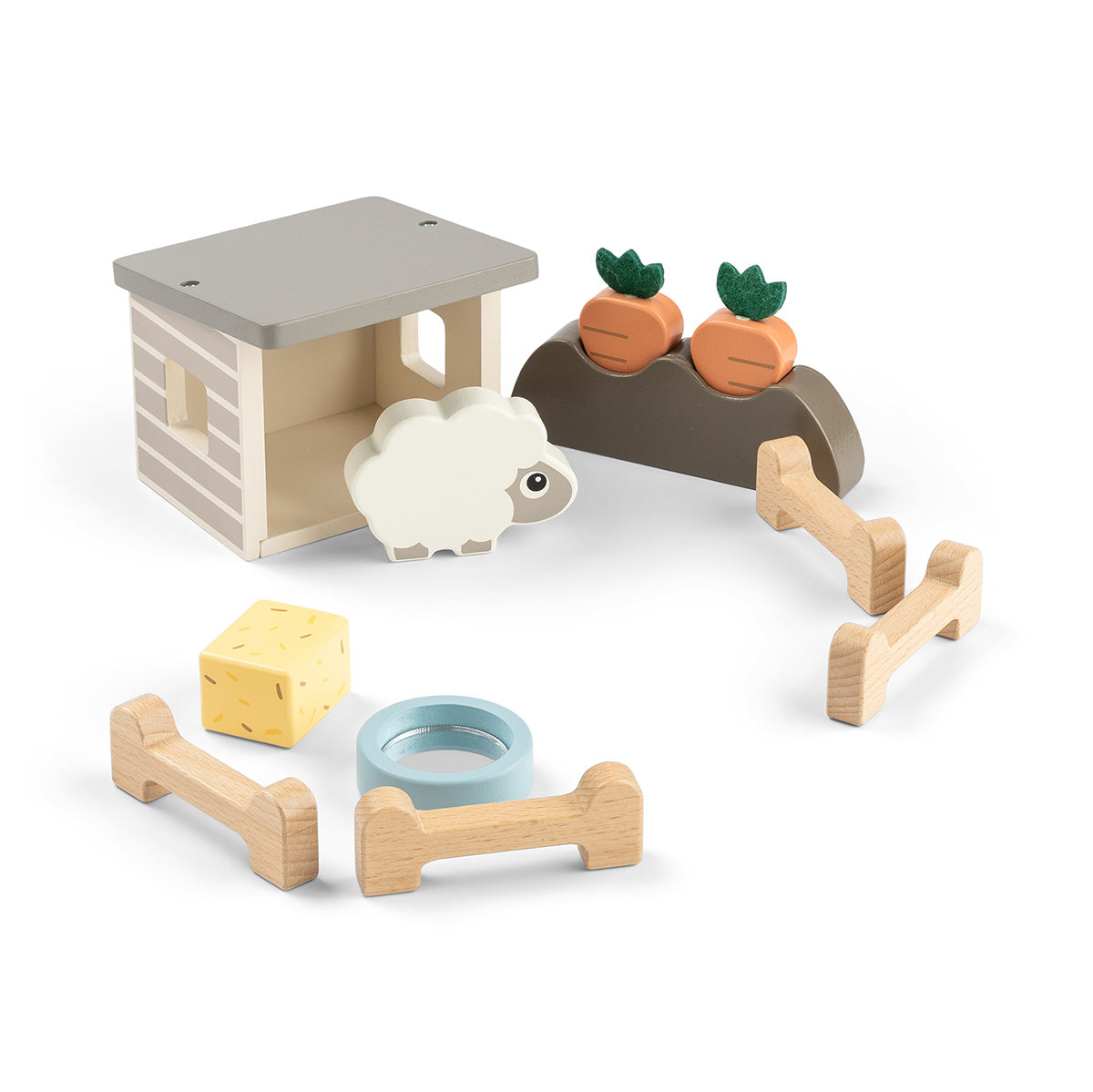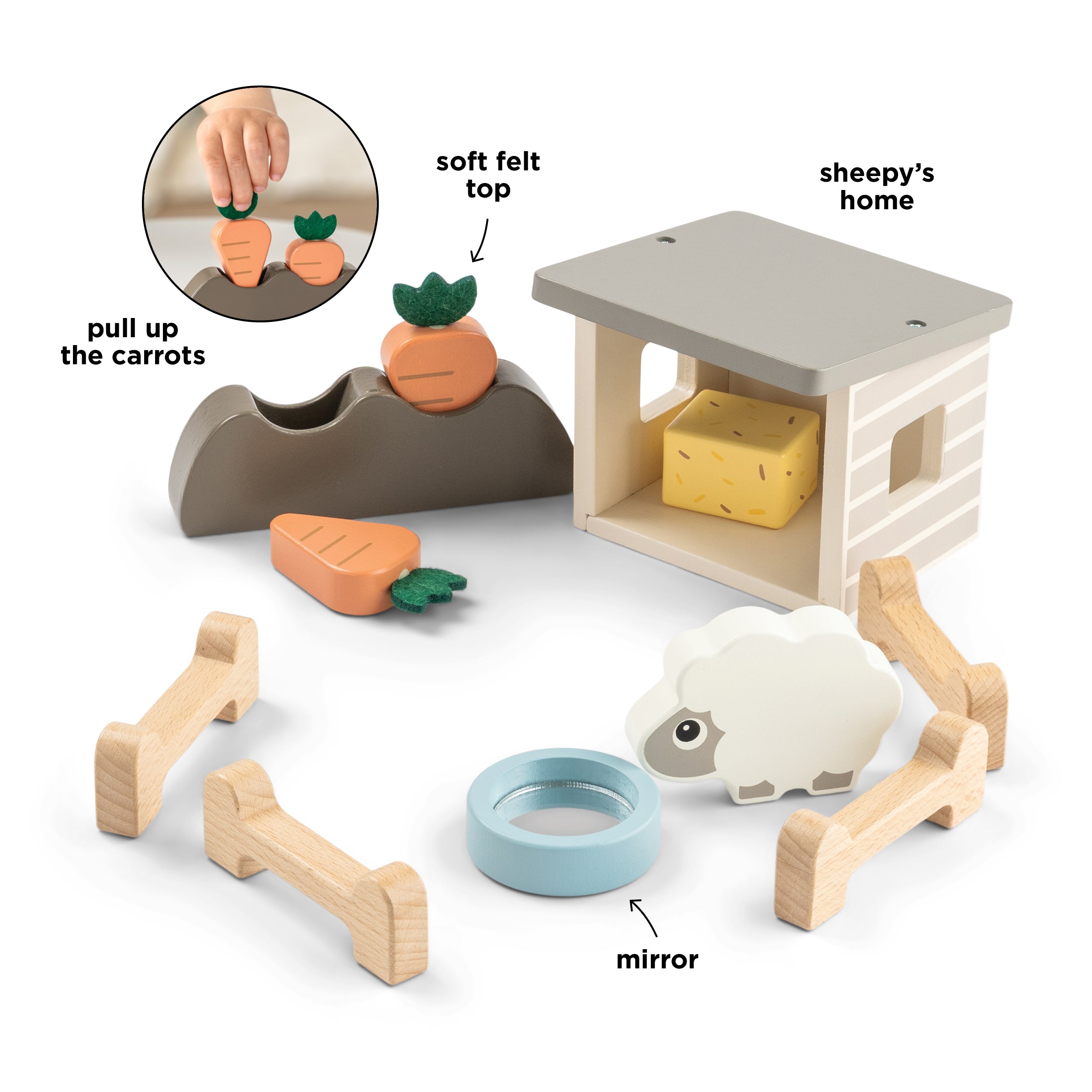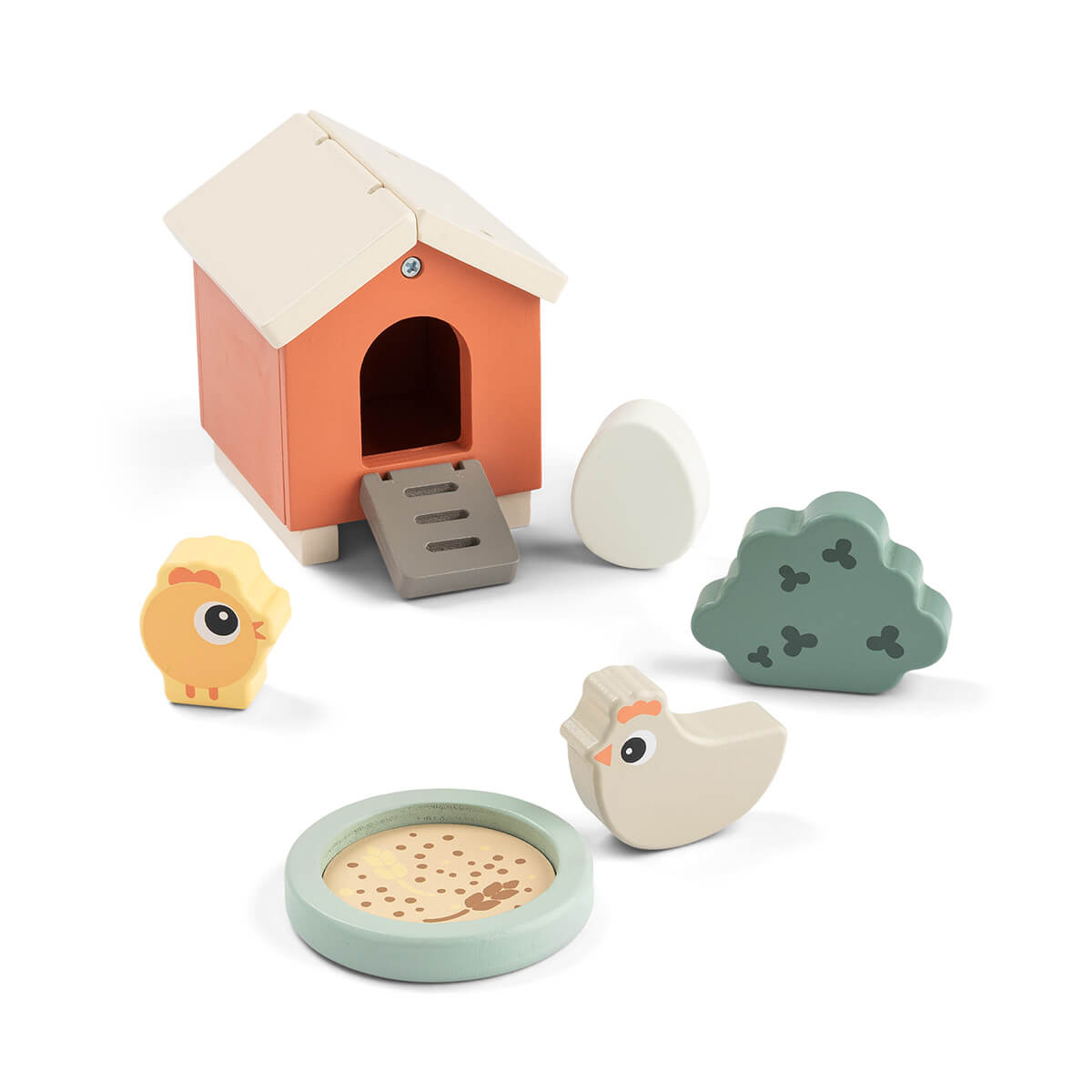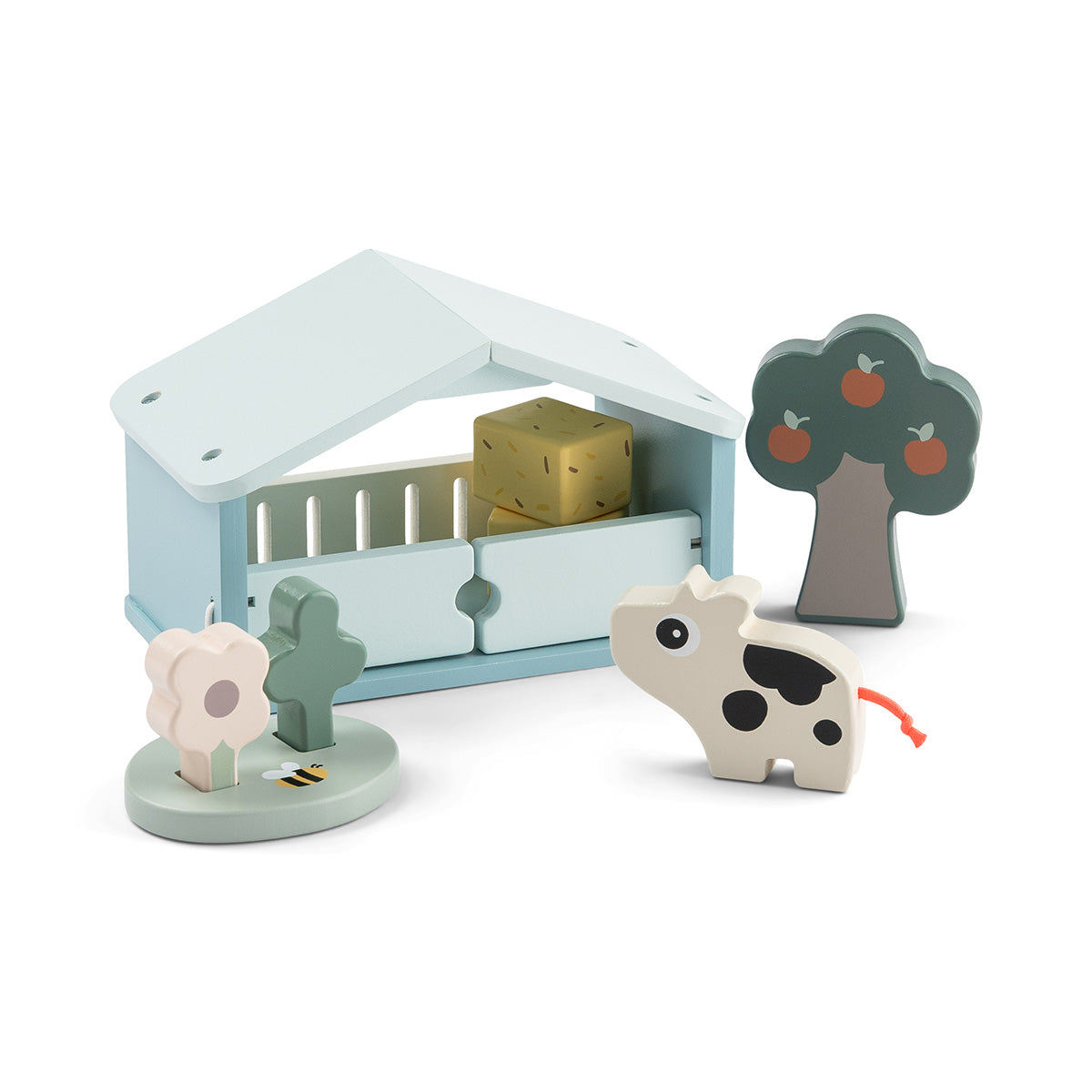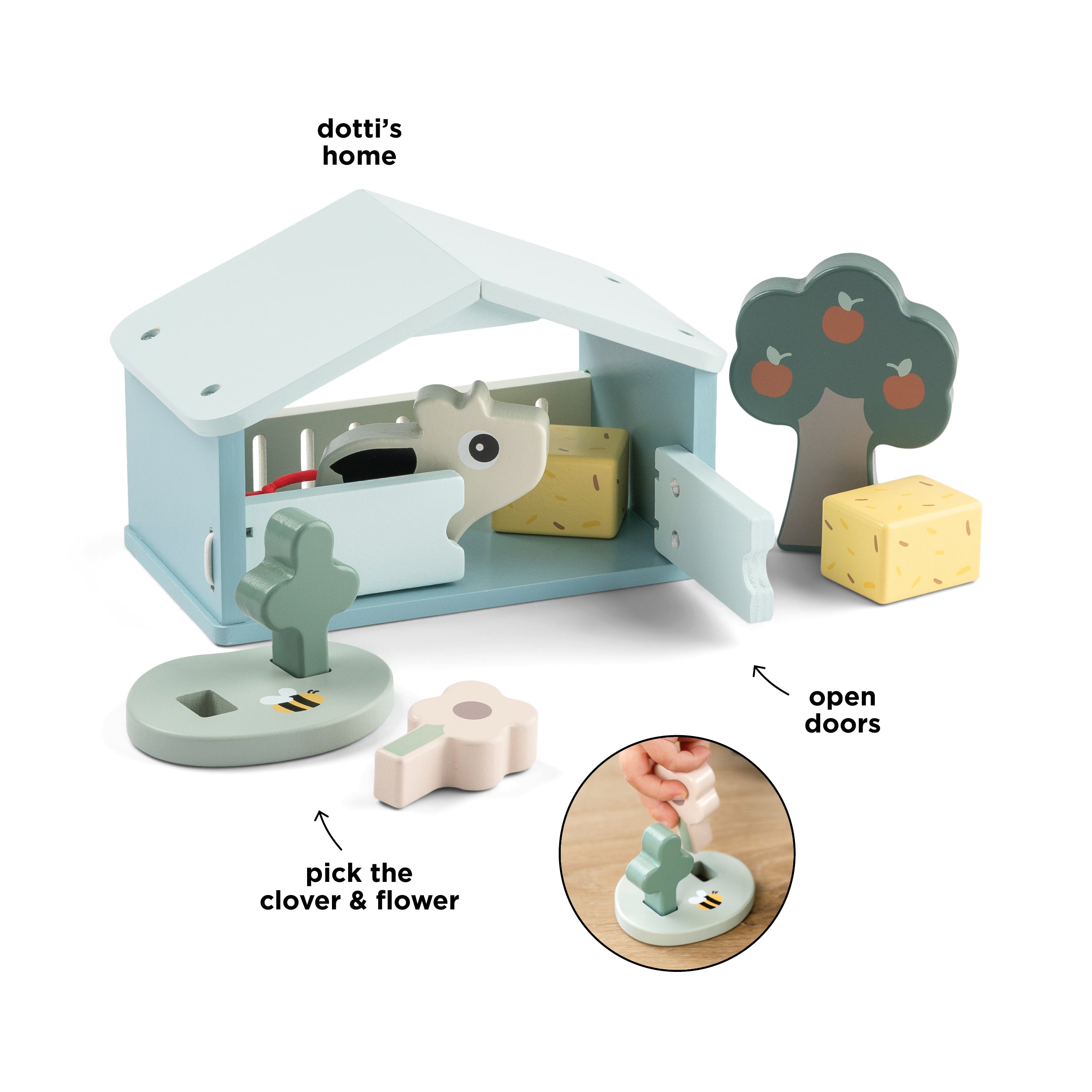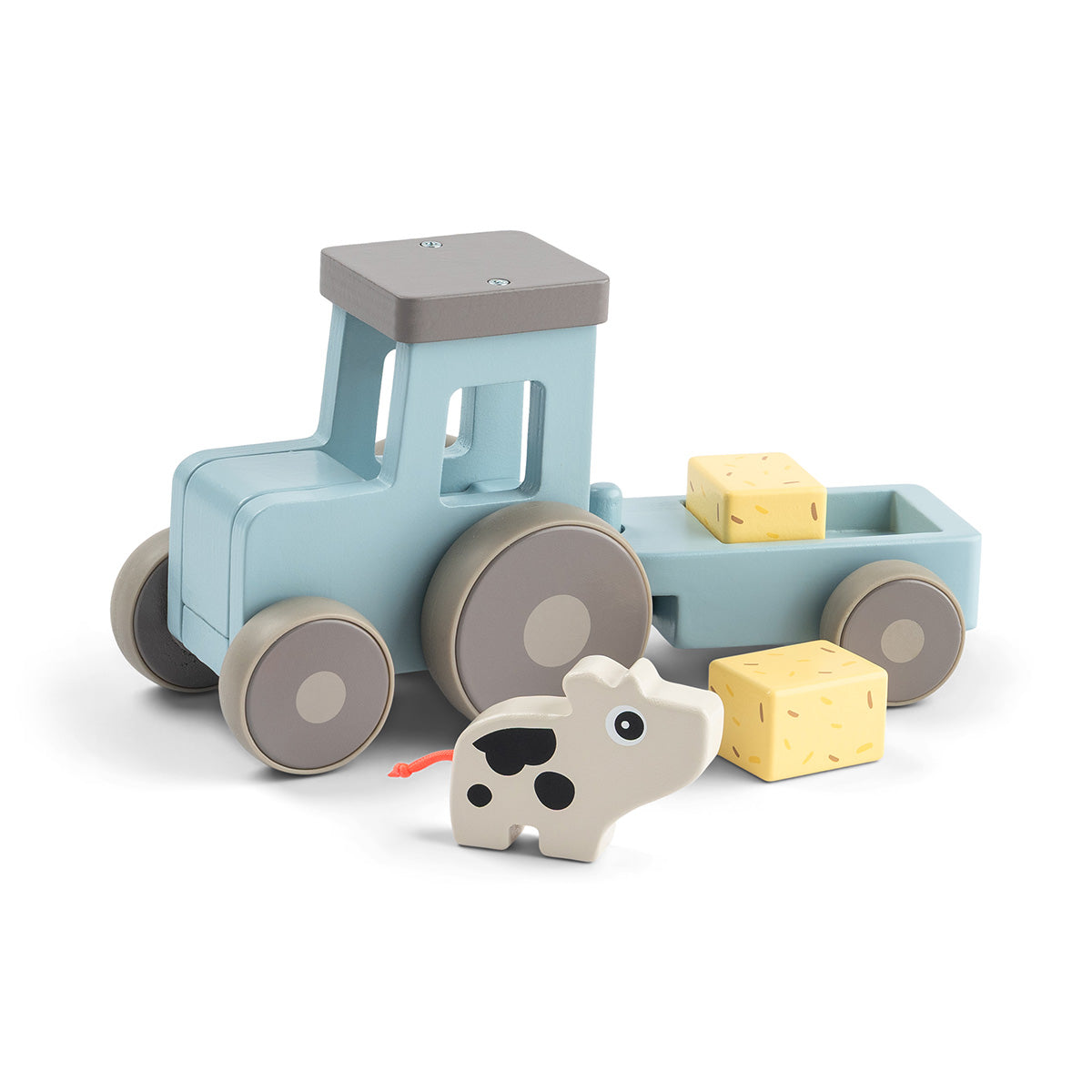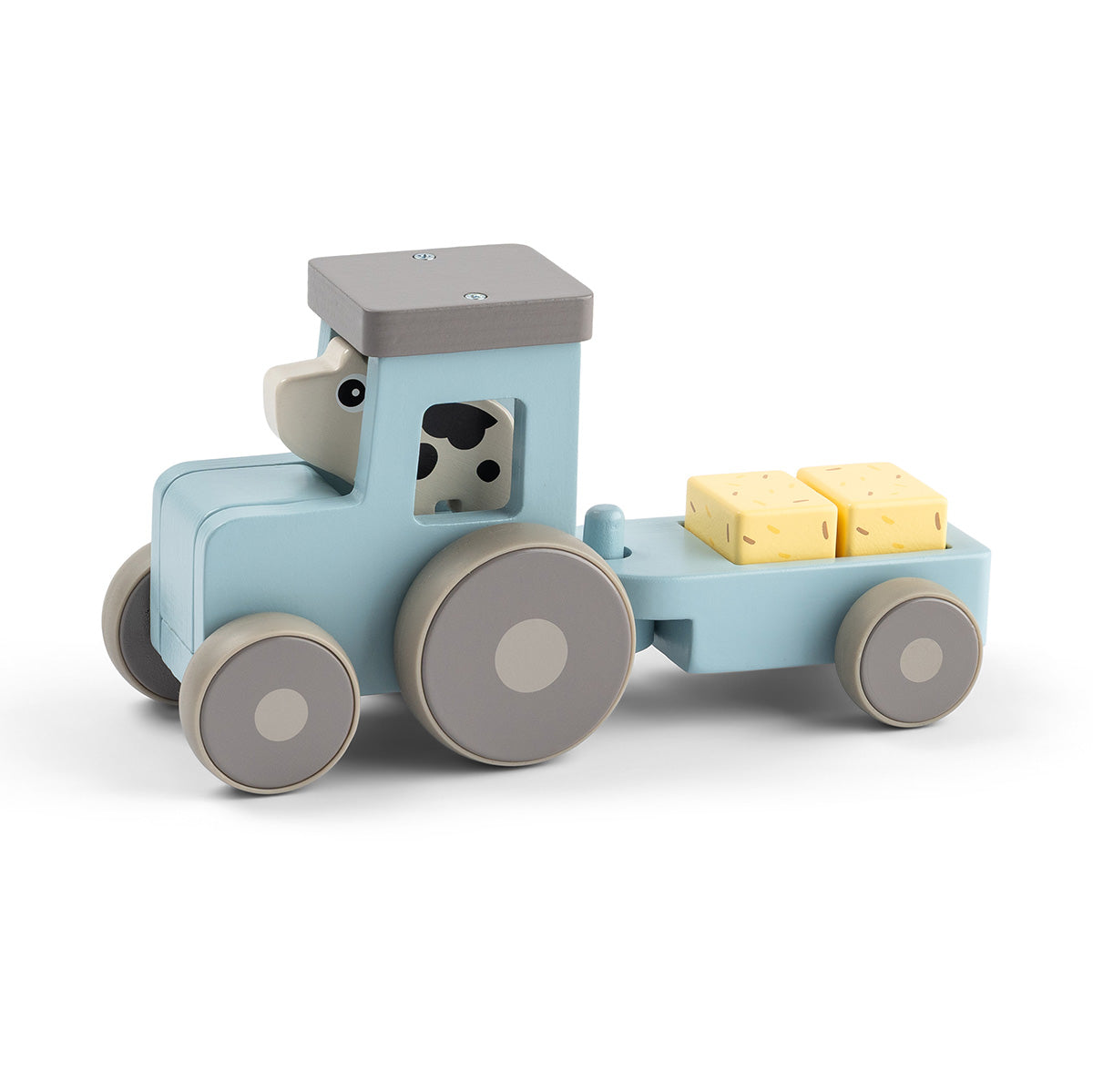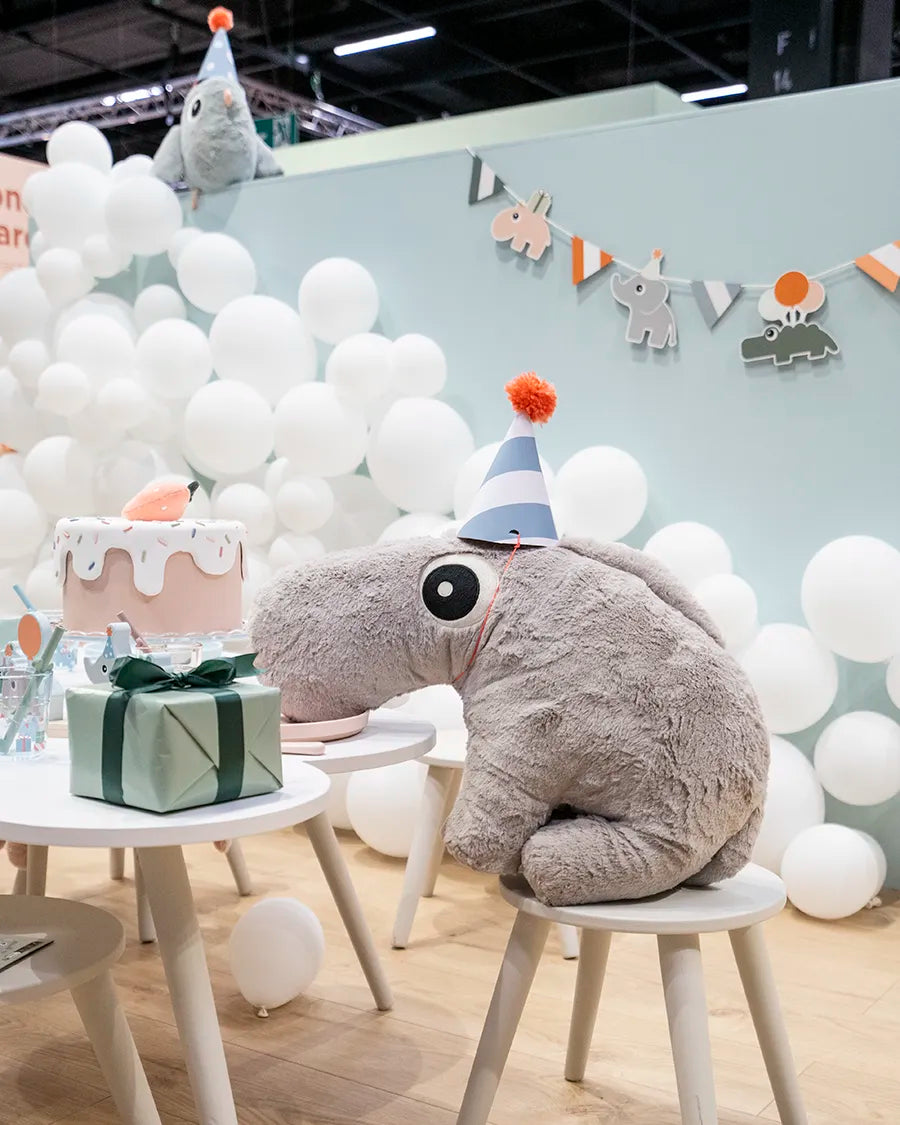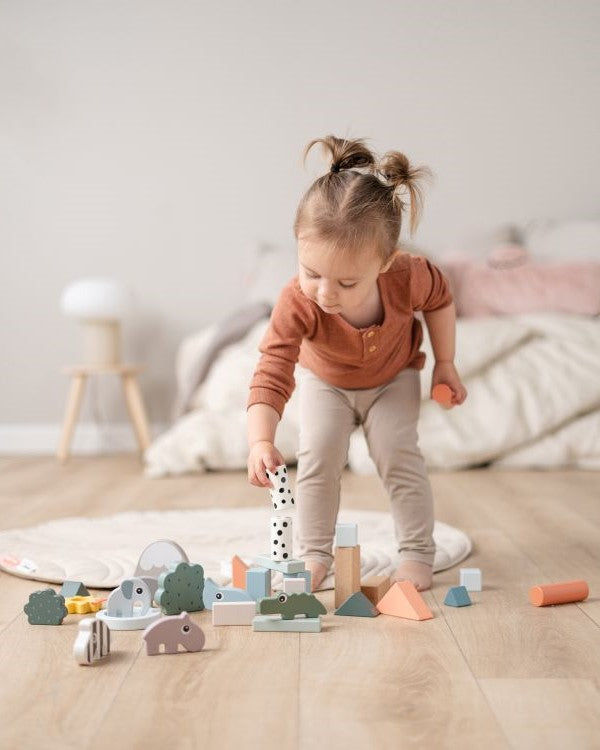what is toy rotation?
Toy rotation is a playful and effective way to keep your little one’s toys fresh and exciting by managing how many are available at once. Instead of having all their toys out all the time, only a small, curated selection is left for your little one to explore, while the rest are tucked away.
After a set period, the toys are swapped out for new ones, creating a sense of novelty and keeping playtime engaging.
This approach helps maintain a neat space while encouraging deeper, more imaginative play, as little ones get to rediscover and enjoy their toys in a whole new way.
what are the benefits of toy rotation?
Toy rotation offers many benefits. Here are six key advantages that demonstrate how this approach can enrich your little one's playtime and support their development.
1. keeps toys interesting
Rotating your little ones toys prevents boredom. When their toys are out of sight for a while, they often rediscover them with renewed excitement, making the old toys feel new again.
2. encourages deeper play
With fewer toys available, little ones tend to engage more deeply and creatively with what they have. They will explore more ways to play with each toy, boosting their problem-solving and imaginative skills.
3. reduces overwhelm
Having too many toys out at once can be overwhelming for little ones. Through toy rotation, you’ll create a simpler environment, allowing them to focus on the toys in front of them without distractions.
4. supports developmental growth
With toy rotation it is possible to curate the selection of toys based on your little one’s current stage of development. This allows you to introduce toys that target specific skills, whether it’s motor development, problem-solving, or social-emotional learning.
Red more about the play time essentials for each developmental stage here.
5. promotes an organized space
By limiting the number of toys in use, toy rotation helps keep your home or playroom more tidy and manageable. Fewer toys out at a time means less mess to clean up, making it easier for you and your little one to stay organized. This is also a great learning experience, to teach them to clean up after themselves.
6. encourages independent play
Little ones can become more independent when they aren’t overwhelmed by too many choices. A smaller selection of toys helps them focus, explore, and play on their own without needing as much direction.
how do I implement toy rotation?
Implementing toy rotation is simple and effective. Here’s a quick guide on how to sort, select, store, and schedule toy rotations to keep playtime fresh and engaging.
1. sort & categorize toys
Start by gathering all of your little one’s toys, and group them into categories based on type (e.g., puzzles, building blocks, stuffed animals etc.) or by the skills they help develop (e.g. fine motor, sensory, or imaginative play).
2. choose a few toys to display
Select a small number of toys (5-10, depending on your little one’s age and interests) to leave out. This selection should provide a variety of play options but remain limited enough to encourage focused play.
3. store the rest away
Store the remaining toys in a way that’s easily accessible for future rotations. You can use bins, storage baskets, or shelves. Label the containers if possible, to make it easier to find specific toys when you want to rotate them back in.
4. set a rotation schedule
Decide how often you’ll rotate toys. Some do it weekly, while others rotate every two weeks or even monthly. There’s no strict rules – it depends on your little one’s interests. If they seem bored with their current selection, it might be time to rotate.
Toy rotation is a simple, effective strategy that can bring more focus, creativity, and joy into your little one's play. By keeping toys fresh and engaging, you’ll not only support their development but also maintain a more organized space that’s easier to manage.
Give toy rotation a try and watch as your little one rediscovers the magic of playtime, one toy at a time!
